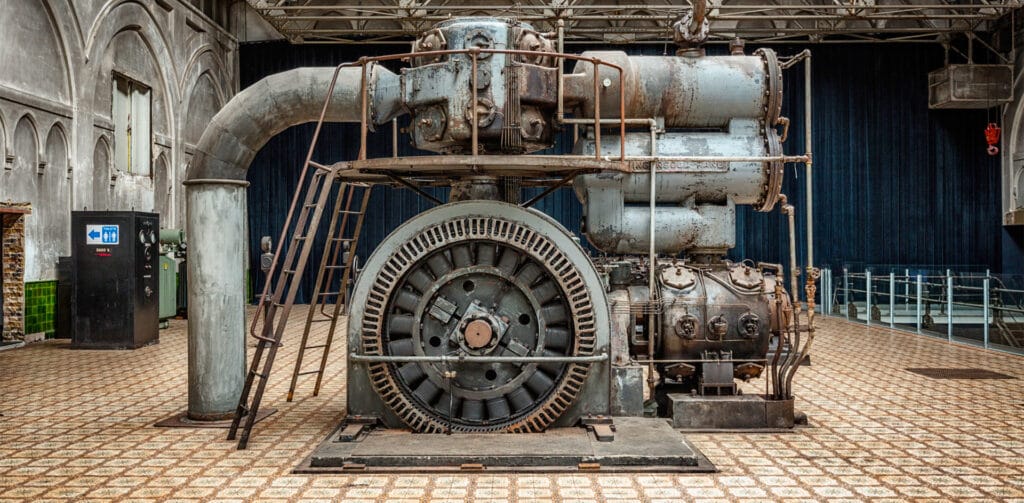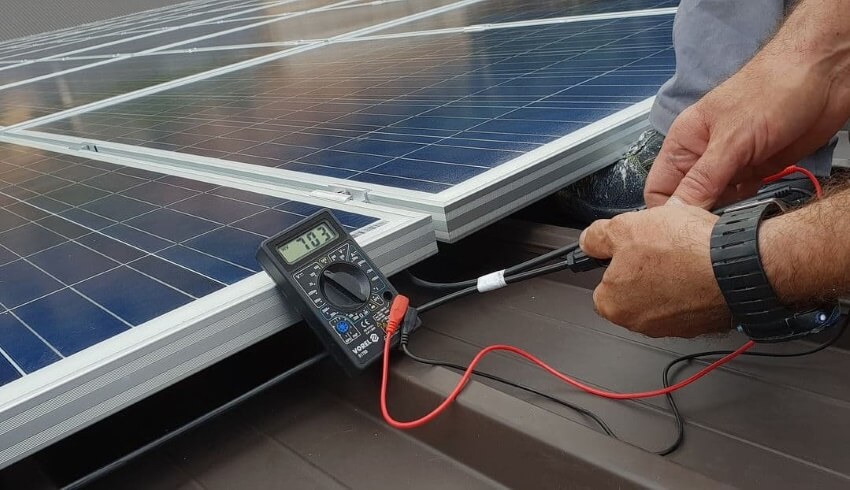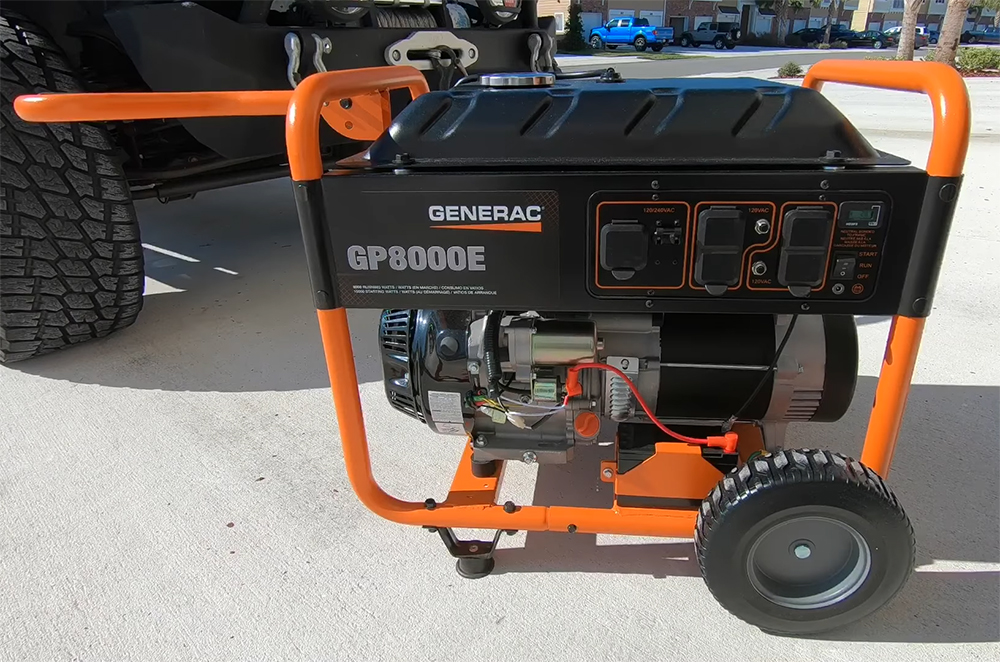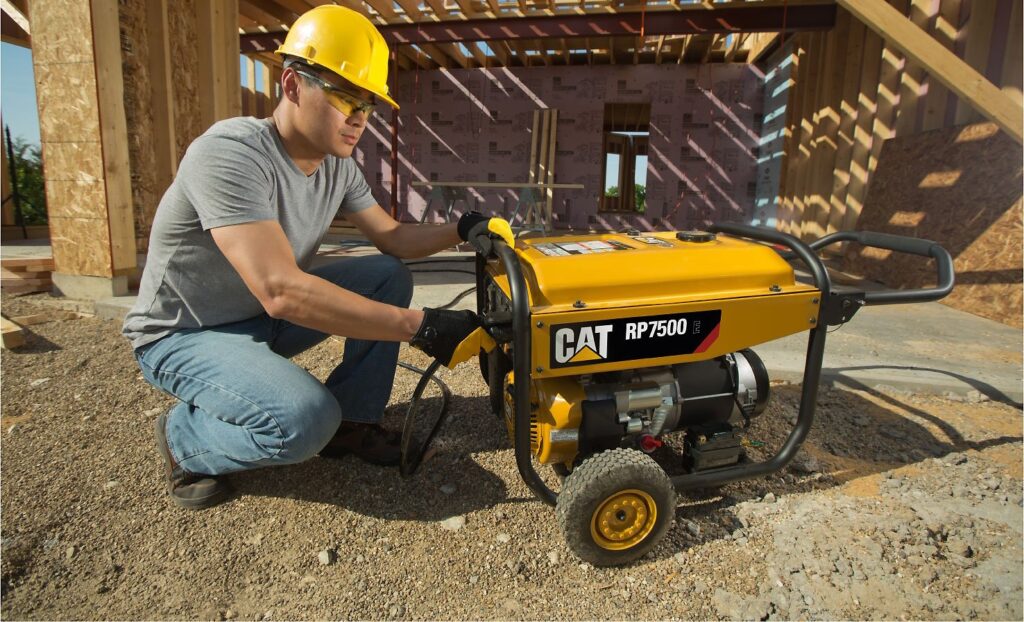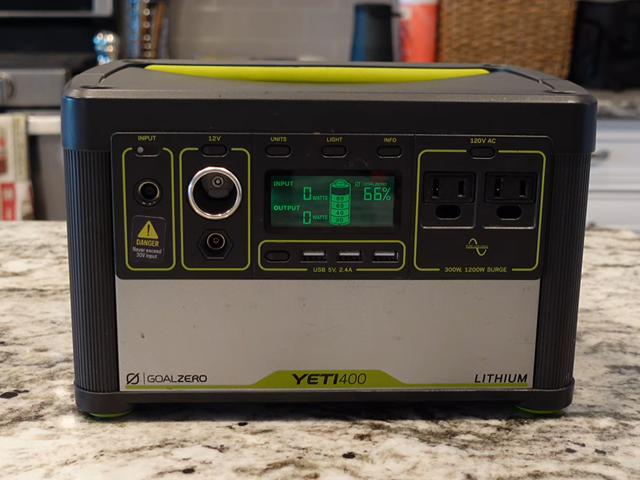
Since generators have two types of watts, most people who own these try to understand the specifications. Our guide on starting watts vs. running watts covers all you need to know about these specs. Generators have two main specifications you should understand while you use one: the starting and the running watts.
Both specifications are provided in kilowatts and watts but have some differences that you must keep in mind. Generators have both watts as these are needed for them to operate efficiently. Let’s take a closer look at the differences between starting and running watts.
Before going into what is starting vs. running watts, you might need a background on generator power and wattage.
Power involves supplying a device with mechanical or electrical energy. A generator receives mechanical energy and converts it into electrical energy. This is electrical power for the home or office.
Watts is a unit of electrical power. Just a single Watt Trusted Source watt | unit of measurement | Britannica watt, unit of power in the International System of Units (SI) equal to one joule of work performed per second, or to 1746 horsepower. An equivalent is the power dissipated in an electrical conductor carrying one ampere current between points at one volt potential difference. It is named in honour of James Watt, British engineer and inventor. One thousand watts equal one kilowatt. Most electrical devices are rated in watts. www.britannica.com is a small amount of power. It defines the rate of energy conversion and will state how much power your generator is running with.
When looking at starting watts vs. running watts, you will see that it indicates power, except that they differ in how the power is provided.
You must consider the watts when looking at your generator’s devices, including the fridge, circular saw, and other power tools.
Starting watts are also known as surge current, and it defines the peak power that the generator uses for a brief moment to start the motor. For an electric appliance to start, these extra watts are needed for about three seconds. The starting watts are the amount of power that a generator first produces when you turn it on.
If you are running on a generator in your house after a power outage Trusted Source Why Did My Power Go Out? Four Ways the Grid Can Fail and Cause an Outage - Union of Concerned Scientists There are many steps involved in delivering electricity to customers, and a power outage can be caused at any step along the way. First, power plants generate electricity. Then high voltage transmission lines move that electricity over long distances. Finally, the last leg of the journey happens on blog.ucsusa.org , you will need to check the large appliances to see their surge watt. If the watts that the generator offers are not enough for the appliance, you won’t be able to run it, or the generator might experience a power overload.
The starting watts are the power the generator provides for a short time to start the motor.
Although it seems unimportant, it is needed to start any appliance powered by a generator. If the appliances in your home have a low wattage rating, you can consider the best 4000-watt generators.
On the other hand, there are running watts, also known as the rated current. This is the continuous power that is delivered by the generator.
The running watts show how much power the generator or any other appliance uses when it is running.
Usually, the starting watts are higher than the running watts.
For example, a refrigerator might have starting watts of 1200 while the running watts will be 100. Also, a hair dryer’s starting watts could be 1800, but the running watts will be 1400. If you’re using a generator, you need to know the running watts of all the electronic devices in your home to run them simultaneously.
Usually, you will see the running watts of the generator on the body, which is more prominent than the starting watts. A typical house will require running watts of 5000 to 7500, which will require the best 8000-watt generators.
The main difference between starting and running watts is how the power is supplied. When you’re running on a generator, and you turn on a large appliance in the home like a heavy-duty power tool, a refrigerator, or a washing machine, the starting watts come into play. This sudden need for power is usually about two to five times larger than the running watts of the device.
After about three seconds, the electric device will use the running watts instead. Any generator can provide starting watts for a short time, even if it’s a large amount because this is enough to start any motor. Also, if you have a lot of electrical devices with a load almost equal to the running watts, the generator will get overheated. A circuit breaker usually prevents this. To be safe, the best 10000-watt generators usually provide more than enough power.
When considering a generator running watts vs. starting watts, the user needs this knowledge to know which kind of devices they can plug in and whether they can all be running at the same time.
You can find out the running and starting watts of your home devices by checking the box or the user manual.
For instance, the refrigerator usually has a sticker that lets you know the volts and amps. From there, you can find the watts obtained by multiplying both values. Both can be given in watts or kilowatts.
If you see a generator stating that it supplies a maximum of 3000 watts with a rating of 2600 continuous watts, the starting watts are the former, while the running watts are the latter. When choosing a generator or electric motor, you must consider the starting and running watts. You also consider the starting and running watts in an inverter generator, and users recommend the Predator 8750 Watt Inverter Generator.
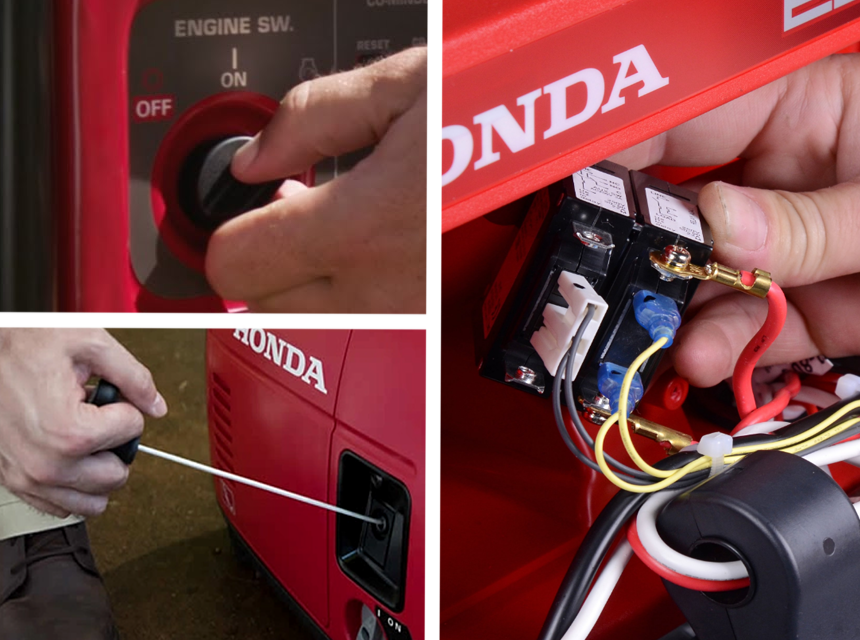
Now that you know the difference between starting watts and running watts in generators and other electrical appliances, you can move on to choosing one that works best for you. If you are purchasing a generator, you can check the specifications of all the devices in your home, including the refrigerator, washing machine, TV, power tools, and more. You also have to consider using it safely Trusted Source Using Generators Safely | FEMA.gov Generators are emergency equipment that provide a secondary source of power when there is an electric failure. Many survivors in Kentucky are using portable generators because of power failure in the wake of the Dec. 10 storms and tornadoes. Generators can be helpful during a power outage, but they present serious health and safety concerns. www.fema.gov during a power outage.
If the total running watts for your home is 5000, you will need a generator with a specification of about 5500 to 6000 watts. Also, if the starting watts for your home are around 12,000, you should look out for a generator with about 13,000.
It’s always best to get a generator that is at least slightly higher than the wattage of your devices.
On the other hand, if you already have a generator, you can choose your electrical appliances based on this. Furthermore, you might not be able to use it simultaneously, so check the watts of the appliances before plugging them in while running on your generator.
The watt can also be determined by the generator you are buying. There are portable generators that usually have a lower watts level. But, most reviews recommend the Predator 9000 Watt Gas Powered Portable Generator, which provides a lot of power even with the small size.
By knowing how starting watts vs. running watts differ, you can properly select the generator or electrical appliances you need in your home. Keep in mind that the appliance needs the starting watts to start up, but it will eventually run on the running watts. Always look for these specifications when purchasing a generator and any other appliance in your home or office.
